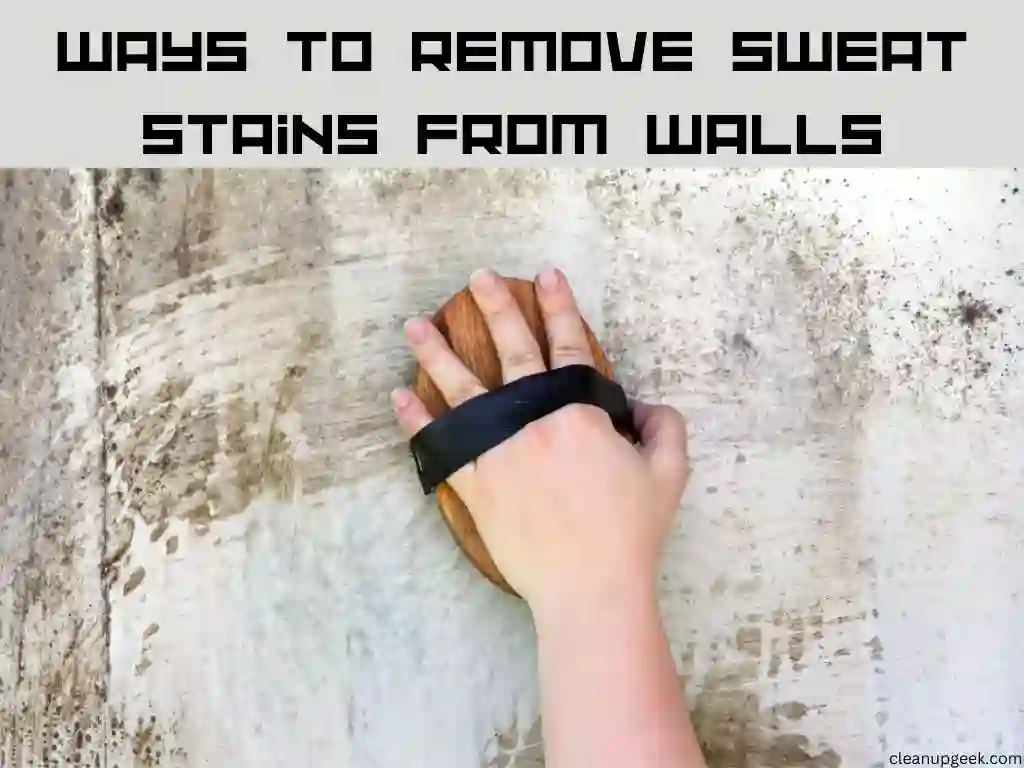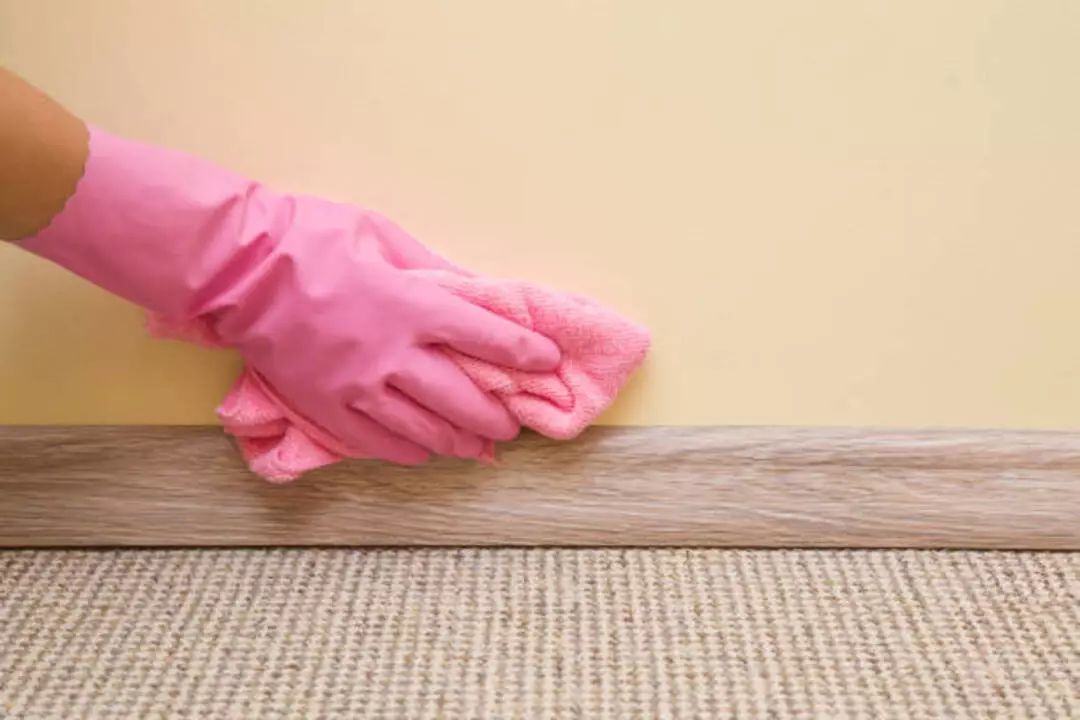Calcium buildup is a common problem that can occur in your pipes, sinks, or toilets. If not treated, it can cause severe damage to your plumbing. Calcium buildup is caused by a variety of things, including hard water, weather, and even the type of pipe you have. There are a few ways to remove calcium buildup, but the best way is to prevent it from happening in the first place.
The best way to prevent calcium buildup is to install a water softener. Water softeners are a great way to remove the minerals that contribute to calcium buildup. They work by exchanging the calcium and magnesium in the hard water for sodium. This process is called ion exchange. Water softeners are available in different sizes and capacities. The size of the unit will determine how much water it can soften per cycle.
In this article, we will discuss the best ways to remove calcium buildup from your toilet and the best ways to prevent it from forming in the first place. Read on to learn more!
How Does Calcium Buildup End Up in Your Toilet?

A lot of people don’t know how calcium buildup ends up in toilets. It’s actually a pretty simple process. Calcium is a mineral that is found in water. When water contains high levels of calcium, it can cause deposits to form on the inside of pipes, toilet bowls, sinks, and many other surfaces. Over time, these deposits can build up and make it difficult for water to flow through them.
Calcium buildup in toilets is a common problem that can be caused by a number of factors. Hard water is the most common cause of calcium buildup, as the minerals in hard water can deposit on surfaces over time. Other causes of calcium buildup in toilets can include using abrasive cleaning products, not cleaning the toilet regularly, and having a build-up of mineral deposits in the pipes.
Calcium buildup can be unsightly and difficult to remove, but it is important to clean it regularly to prevent it from becoming a bigger problem. There are a few different ways to remove calcium buildup, including using vinegar or CLR, scrubbing with a brush, or using a commercial cleaner specifically designed for removing mineral deposits. No matter what method you use, be sure to protect your hands and eyes from the cleaners you use, as they can be harsh on both skin and eyes.
However, there are a few ways to prevent calcium buildup in your toilet. First, you can install a water softener. This will help remove some of the calcium from your water before it has a chance to build up on surfaces. You can also try using vinegar or another acidic cleaner to break down the mineral deposits. Finally, be sure to scrub your toilet regularly with a brush or other cleaning tool to remove any existing buildup.
Mistakes to Avoid When Removing Calcium Buildup from Your Toilet Bowl

Although calcium is a necessary mineral, too much of it can cause problems. If your toilet bowl has calcium buildup, it is important to remove it properly. When removing calcium buildup from your toilet bowl, avoid these common mistakes.
1. Do not use sandpaper to remove the buildup, as this can scratch the bowl.
If you have a buildup of material on your bowl, do not use sandpaper to remove it. This can scratch the bowl and damage the finish. Instead, try using a soft brush or sponge to gently remove the buildup. If necessary, you can use a mild cleaner to help loosen and remove the buildup.
2. Do not use harsh chemicals as they can damage the bowl.
Harsh chemicals can damage the toilet bowl and cause it to break down over time. This can lead to costly repairs or even replacement. It is best to avoid using harsh chemicals whenever possible and instead opt for natural cleaners or milder solutions.
3. Never use hot water to remove calcium buildup from the toilet bowl.
If your toilet bowl is starting to show signs of calcium buildup, you may be tempted to use hot water to try and remove it. However, this can actually cause the toilet bowl to crack. Instead, use a mild cleaner and a soft brush to remove the buildup. If you have hard water, you may need to do this more frequently.
4. Do not use a power washer to remove calcium buildup from the toilet.
If you have calcium buildup on your toilet, do not use a power washer to remove it. Power washers can actually damage the toilet bowl. Instead, use a non-abrasive cleaner and a soft brush to gently scrub the calcium away. You may need to use a small brush to reach into crevices.
5. Do not use pumice stones to remove calcium buildup from the toilet.
Pumice stones are often used to remove calcium buildup from surfaces, but this can actually damage the porcelain. Porcelain is a type of ceramic that is made by firing white clay at high temperatures. It is very strong and durable, but pumice can scratch and chip the surface. If you must use a pumice stone, be sure to use it gently and not apply too much pressure.
6. Avoid using sharp objects to scrape off the mineral buildup.
You should avoid using sharp objects to scrape off mineral buildup, as this can damage the surface of your toilet bowl. Instead, use a soft cloth or brush to gently remove the buildup.
How to Remove Calcium Buildup from Your Toilet?

Calcium buildup, also known as limescale, can be a major problem in households. The mineral deposit can form on different surfaces, including faucets, showerheads, toilets, and tubs. While calcium deposits are not necessarily harmful, they can cause plumbing problems and lead to expensive repairs.
Many people believe that removing calcium buildup is very difficult, but with the right tools and techniques, it can be relatively easy. Here’s how I usually remove calcium buildup without scrubbing too hard or causing damage to the porcelain.
Tools needed:
1) Baking soda
2) Concentrated bleach (also known as “Thick bleach”)
3) Scrubbing brush
4) Tablespoon
5) Measuring cup
The procedure:
1) Add 1 tablespoon of baking soda to the toilet bowl.
2) Add 1 cup of concentrated bleach to the toilet bowl. When pouring the bleach, make sure to spread it around the inside of the bowl so that it runs from top to bottom of the bowl.
3) Allow the mixture to soak up the calcium buildup for 30 minutes.
4) After 30 minutes, scrub the dirty areas of the bowl that were not completely dissolved by the mixture.
5) Finally, flush the toilet to remove the mineral buildup.
Important: If you don’t have concentrated bleach, you can also use regular bleach, but make sure to soak the mixture overnight and then scrub it in the morning.
How to Prevent Calcium Buildup in Your Toilet?

If you’ve ever noticed a white, chalky substance on the inside of your toilet bowl, it’s probably calcium buildup. Calcium is a naturally occurring element that can be found in water.
When water contains high levels of calcium, it can cause buildup on the inside of pipes and toilet bowls. Although calcium buildup is not harmful, it can be unsightly. There are a few things you can do to prevent calcium buildup in your toilet.
1) You can install a water softener. This will help to remove the minerals that contribute to calcium buildup. Water softeners can be either ion exchange or reverse osmosis systems. Ion-exchange systems swap the minerals in your water for sodium ions. Reverse osmosis systems filter your water through a semipermeable membrane, which removes the minerals.
2) Flush the toilet weekly with a white vinegar solution, baking soda solution, or lemon juice solution. Doing this will help to break down the calcium deposits and keep your toilet flowing freely.
3) Cut back on the amount of soap you use. Many people add a lot of soap to their toilets when they flush. Excess soap residue can build up and cause calcium buildup. If you notice an unsightly white film in your toilet, try using less soap when flushing.
4) Clean your toilet regularly. As mentioned before, a clean toilet is less likely to have calcium buildup.
5) You can use a plumbing product known as a “descaler.” This product is designed to remove and prevent calcium buildup and can be found at most home improvement stores. You’ll want to follow the directions on the bottle for the best results when using this product.
Click here to get access to our blog posts on how to keep yourself and your surroundings clean always.
Final Thoughts
In conclusion, it is important to prevent calcium buildup in your toilet because it can cause your toilet to become clogged and overflow. You can prevent calcium buildup by using a toilet cleaner that contains vinegar or citric acid and by scrubbing your toilet bowl regularly.
By following the above steps, you can help prevent calcium buildup and keep your toilet working properly.










